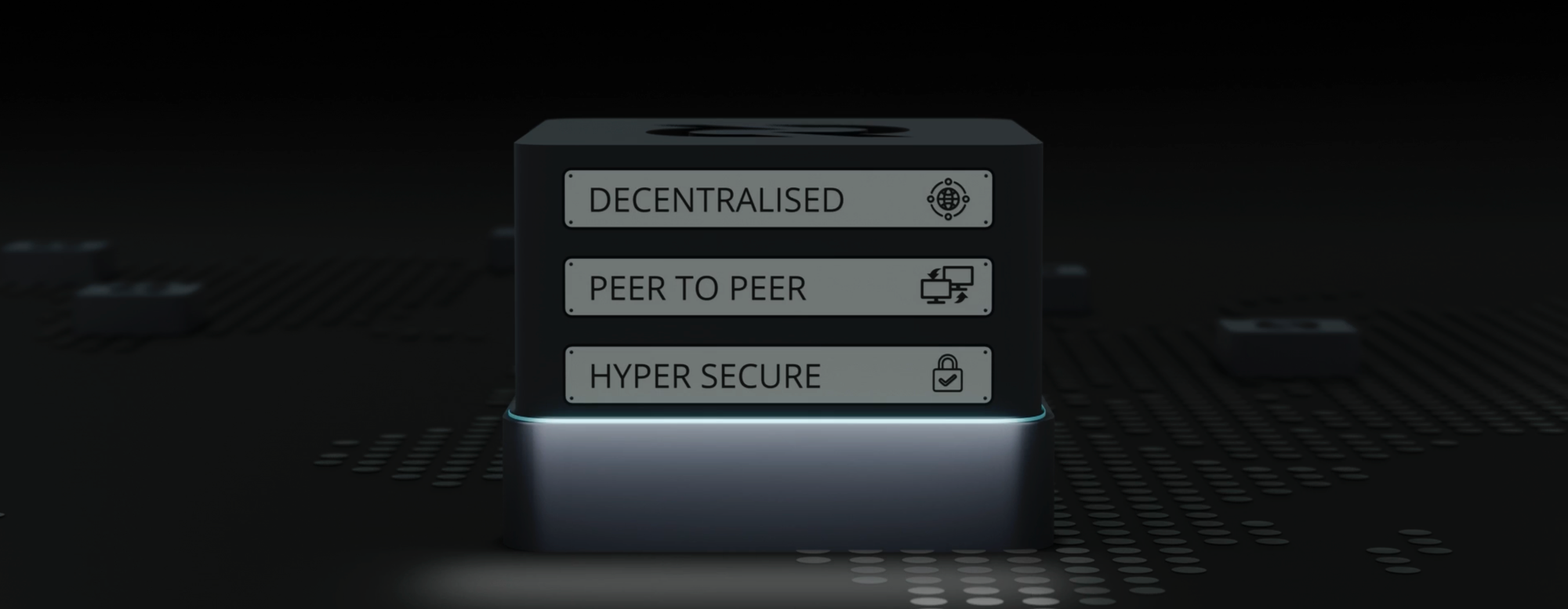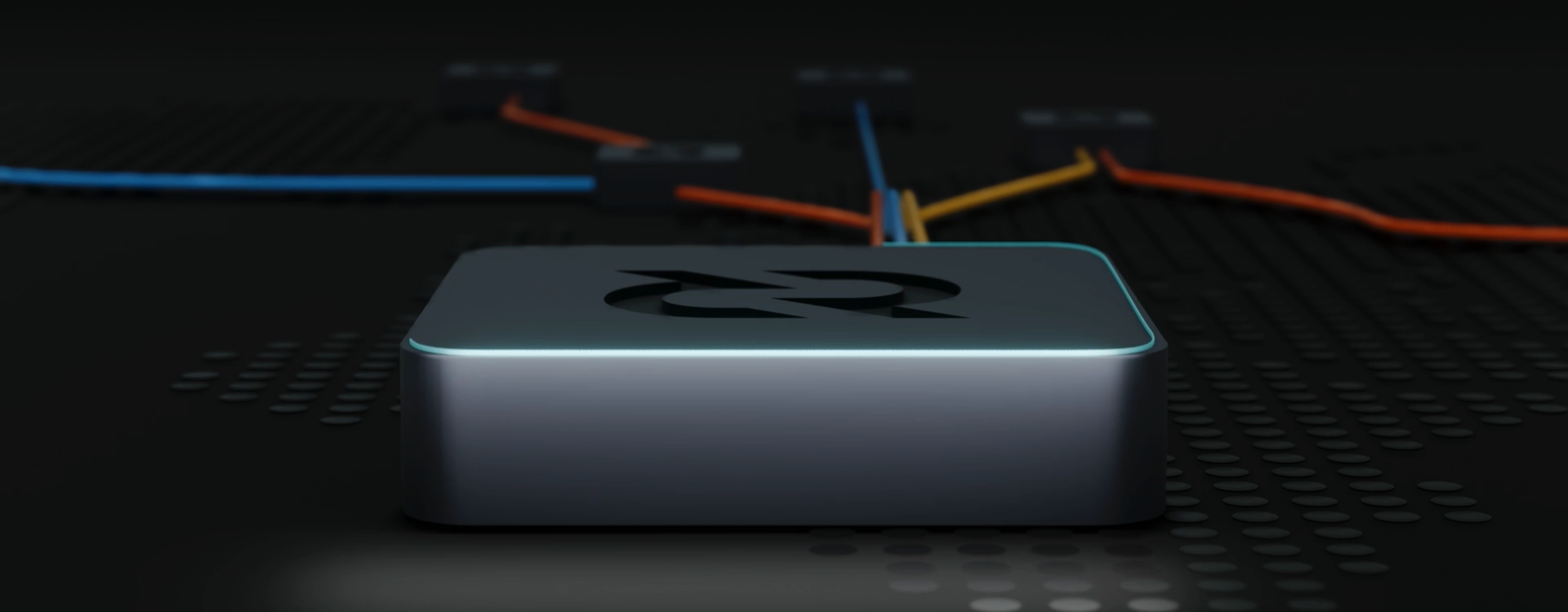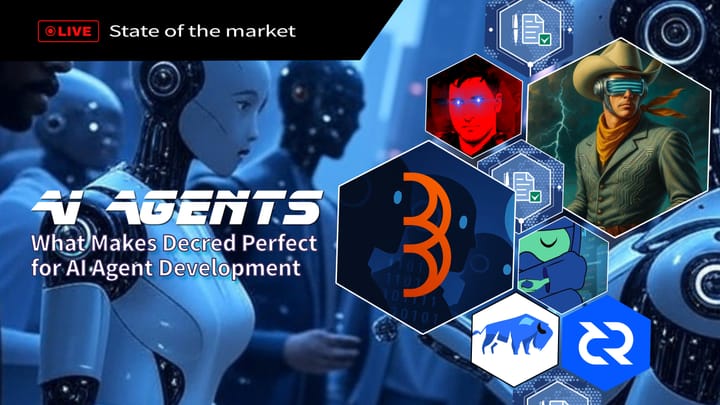Decred 2.0 - A new level for decentralised networks
Building a decentralised peer to peer future.

LISTEN TO THE PODCAST:
With the release of Decred 2.0, Decred is now a feature complete layer one blockchain. Since the release of the Decred road map in 2017, the project and its development teams have worked diligently to build a network that removes all single points of failure.
This innovation began with Decred’s full node daemon, dcrd, which has been built from the ground up to facilitate, resilient iteration, speed, efficiency, and a modular approach to blockchain development, allowing for seamless integration of features and improvements.
DCRD, houses all of Decred’s network functionality. As of May 2024, No third-party software or centralised servers are required to participate in the Decred network.

Downloading and syncing
Users can download the full blockchain from their peers and validate every block and transaction. The efficiency and reliability of finding new peers and downloading the full blockchain has always been super fast, but in this latest release, we’ve seen initial sync times improve by over 50%.
- Full blockchain initial download and sync times have gone from approximately (11 GB) 3hrs — 1.5hrs
- and Decred’s SPV initial download and sync times have improved from approximately (400 MB) 20 mins — 7 mins
Mining coins
With consumer available GPU hardware, users can effortlessly set up dcrd to mine coins.
DAO governance and voting
Coin holder governance lets users stake and vote on block validation, consensus upgrades, proposals, and treasury spends, all without needing intermediaries.
Decentralised treasury
Decred has had a treasury from day one, of which 10% of the coin supply goes to. The treasury and spending procedures are decentralised to allow coin holders to vote on all treasury spends from their non-custodial wallet.
Fork resistance
A noteworthy achievement of Decred’s coin holder governance is the ability to vote on upgrades and consensus changes without causing chain splits. Decred is fork resistant and a hard fork only protocol.
Decentralised Privacy
As of Decred 2.0, Decred’s privacy mixing (stakeshuffle) no longer requires a centralised server. All mixes are now facilitated between peers. As a side note, Decred’s anonymity set, used for these mixes, is among the highest in the space, approximately 60% of the coin supply.
Fast and cheap transactions
The Lightning Network is part of the Decred protocol, all components and opcodes needed for this integration have been activated through several consensus upgrades. The Lightning Network has full support on Decred, which enables users to participate in a fully non-custodial manner with the highest levels of security. As an added bonus, Decred’s SPV mode makes the Lightning Network extremely light weight and able to run on a variety of low power, low capacity devices.
Atomic swaps
Decred’s atomic swap tools enable users to exchange between coins without requiring trusted third parties or intermediaries. One platform that has been built using these tools is DCRDEX (aka Bison Wallet).
Decentralised Timestamping
Dcrtime allows timestamping on the blockchain to facilitate proof of existence. Users can create unique timestamps for any digital document, which can be recalled at a later date to demonstrate the document exists and to verify its authenticity.

Outro
Although there will be more iterations and improvements over the coming years. It’s important to note that everything listed in this discussion can now be run by Decred users without the need for centralised servers, third-party custodians, intermediaries or other fee seeking middlemen.
Decred to my knowledge is the first blockchain project to fully decentralise all fundamental components of its network. Which in turn has removed the most common single points of failure.





Comments ()